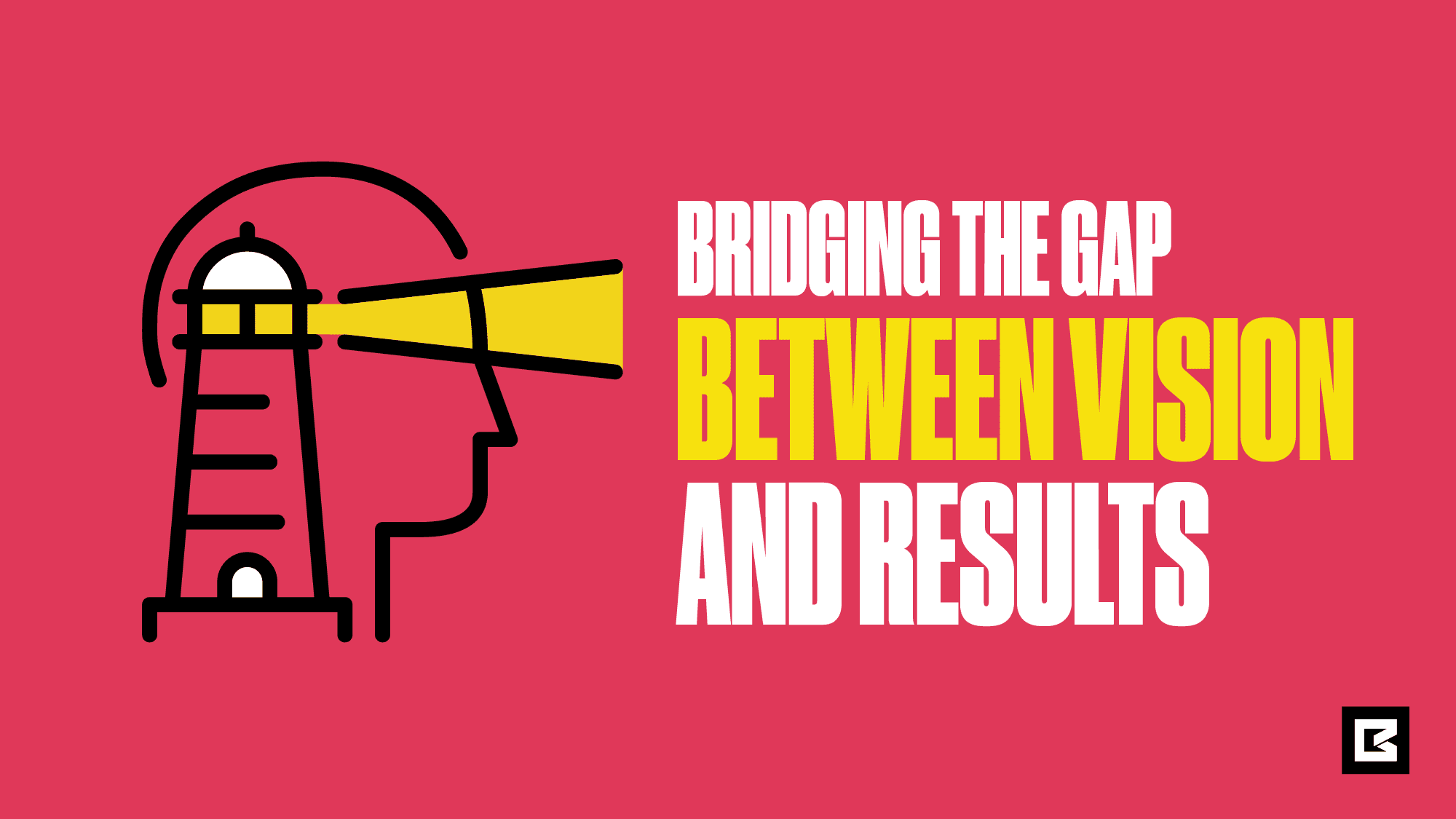In today’s digital age, design plays a pivotal role in the success of businesses, from creating visually appealing websites to crafting compelling branding strategies. However, what many companies often overlook is the critical aspect of design strategy. In this blog post, we’ll delve into the significance of design strategy and how it can bridge the gap between a visionary idea and tangible results.
Understanding the Importance of Design Strategy
Before we dive into the intricacies of design strategy, let’s illustrate its importance with a compelling story. Imagine a person named John who experiences symptoms related to a heart condition. Instead of rushing to a doctor, John embarks on an intensive research journey, relying on Google and WebMD for answers.
After weeks of self-diagnosis, John concludes that he has a specific heart disease and visits a cardiologist. John confidently presents his findings to the doctor, who, without any further evaluation, prescribes medication based solely on John’s description. Tragically, two weeks later, John passes away. The doctor’s failure to conduct diagnostic tests and rely solely on John’s self-diagnosis proves fatal.
In this scenario, the fault lies with the doctor, not John. John lacks the medical expertise to make an accurate diagnosis. The doctor should have performed tests and exercised caution rather than taking John’s word at face value. This story underscores the importance of a well-thought-out strategy in design.
The Key Difference: Design vs. Design Strategy
In many instances, companies approach design agencies with a problem or challenge, expecting them to provide a solution. However, the approach often lacks a comprehensive strategy. The fundamental difference between design and design strategy lies in the focus:
Design: Design primarily centers on aesthetics. It asks questions like, “Is it visually appealing?” or “What does it look like?”
Design Strategy: Design strategy focuses on addressing business challenges. It starts by identifying pain points, setting goals, and envisioning desired outcomes. It’s about making design decisions that align with strategic objectives.
The Design Strategy Process
To effectively implement design strategy, it’s crucial to follow a structured process. Whether you’re a small business or a large corporation, this process can be tailored to your needs. The typical phases include:
Vision: Clearly define your business’s goals, aspirations, and expected outcomes.
Brainstorm (Discovery): Engage in brainstorming sessions to identify challenges and potential solutions.
Strategy: Formulate a strategy that outlines how to achieve your goals and solve the identified challenges.
Design: Create a design that aligns with the strategy, ensuring every element serves a purpose.
Develop: Transform the design into a functional product, website, or service.
Continue (Maintain): Continuously assess, refine, and grow your design and strategy.
The Pitfall of Neglecting Strategy
Many companies err by having a clear vision but vague steps to achieve it. They conduct brainstorming sessions that often result in a broad outline of goals but lack a concrete strategy. As a result, they hand this incomplete vision to designers, expecting them to make it look pretty.
Designing without a strategy is akin to painting a canvas without knowing the subject. It becomes subjective and open to personal preferences, often leading to unsatisfactory results. In such cases, the blame usually falls on the designer, who had to work without proper guidance.
The Solution: Involve Designers in Strategy
To achieve the best results, involve designers and developers in the strategy phase. While the traditional process is valid, this approach offers a higher return on investment. Collaboration between strategists and designers ensures a unified vision and better outcomes.
Butler’s Approach: The Discovery Session
At Butler, we bridge the gap between strategy and design through a facilitated meeting known as the Discovery session. Our role isn’t to dictate ideas to the client but to extract answers from them. We believe that every business holds the key to its own challenges.
During the Discovery session, we focus on four key areas:
Learn Your Business: Understand how your business operates and generates revenue.
Understand Your Users: Create detailed user personas to comprehend who your target audience is.
Define Your Brand: Identify your brand’s culture, voice, and unique qualities.
Prioritize Goals: Determine the revenue and awareness priorities to guide your strategy.
Deliverables: The Brief
Following the Discovery session, we provide clients with a comprehensive brief. This document compiles all the insights gained during the session, including a brand audit, competitive analysis, messaging samples, and design direction. It serves as a roadmap for the subsequent strategy and design phases.
In essence, design strategy isn’t just about making things look good; it’s about using design to solve real business challenges. When designers and strategists collaborate from the outset, the results are more aligned with the vision, and the likelihood of success increases.
So, whether you’re a business owner, a designer, or someone interested in the world of design, remember that design strategy is the bridge that transforms ideas into tangible achievements. If you have any questions or feedback on this topic, please feel free to comment below or reach out to us here. We look forward to hearing from you and helping you achieve your design and business goals.





